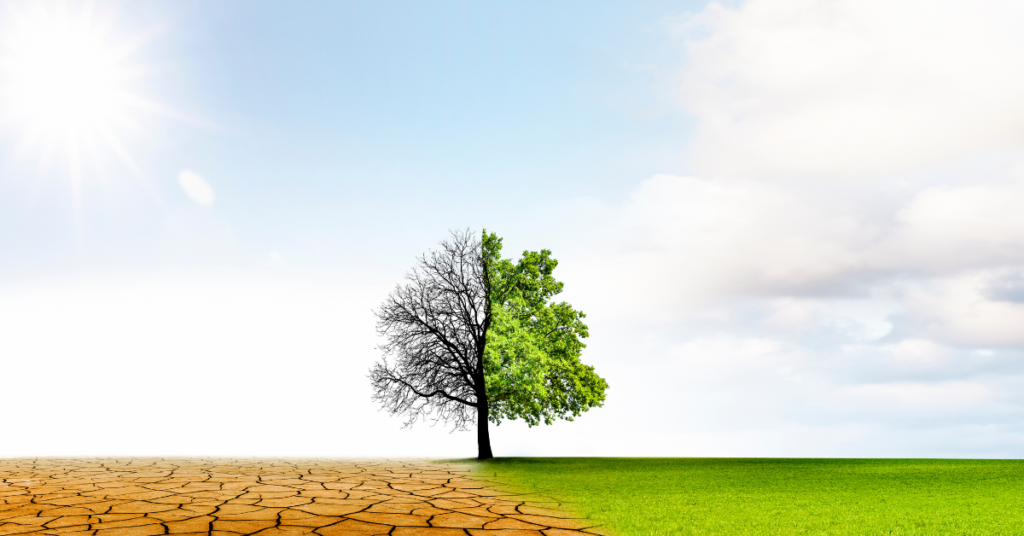
Soil degradation and rising salinity are among the biggest environmental threats to global agriculture, biodiversity and water security. As soil health declines, food production suffers, ecosystems become imbalanced, and water resources dwindle. These issues are advancing at an alarming rate, turning millions of hectares of fertile land barren each year. Farmers, landscapers, and environmentalists face increasing challenges in restoring healthy soil and maintaining sustainable land use.
According to the Food and Agriculture Organization (FAO), over 33% of the world’s land is moderately to highly degraded, and without action, this number will continue to rise.
What’s causing soil degradation and rising salinity?
Several factors contribute to soil degradation and rising salinity, most of which stem from unsustainable land use practices and environmental changes:
Overuse of chemical fertilizers
Chemical dependency depletes soil structure, reducing its ability to retain nutrients and water. Over time, this weakens plant roots and accelerates erosion.
Inefficient irrigation
Poor water management, including over-irrigation and improper drainage, leads to salt accumulation in the soil. As water evaporates, salts concentrate in the topsoil, making it unsuitable for plant growth.
Climate change
Rising temperatures and erratic rainfall patterns intensify soil degradation. Extended droughts and floods cause soil erosion, deplete organic matter, and disturb the delicate balance needed for plant life.
Deforestation & monoculture farming
The removal of natural vegetation and continuous planting of the same crop strain strip the soil of essential nutrients and disrupt natural regeneration cycles. Without crop rotation and biodiversity, soil loses its resilience.
The consequences of soil degradation
Soil degradation is not just a problem for farmers—it impacts the entire planet:
–Reduced crop yields – Declining soil fertility leads to lower agricultural productivity, threatening global food security.
–Increased desertification risks – Dry, barren land spreads as topsoil erodes, transforming fertile regions into wastelands.
–Water scarcity & biodiversity loss – Poor soil health affects the water cycle, depleting groundwater and reducing habitats for essential organisms.
How can we restore soil health?
Reversing soil degradation is possible with sustainable agricultural practices and innovative soil solutions. Here’s how we can restore damaged land and build resilience for the future:
✔️ Reduce reliance on chemical inputs – Switching to organic soil amendments and regenerative farming helps restore natural fertility.
✔️ Improve water management – Sustainable irrigation techniques, such as drip irrigation and rainwater harvesting, prevent salt buildup and reduce water waste.
✔️ Use soil improver Rescaype – Helps rehabilitate degraded land by restoring soil structure, retaining moisture, reducing salinity, making the land fertile and usable again.
Learn more about our sustainable approach to soil restoration on our About Us page.
Act now: the future of soil is in our hands!
Soil degradation affects us all—from farmers and gardeners to businesses and communities. The health of our soil directly impacts food production, water security, and climate stability. The time to act is now!

